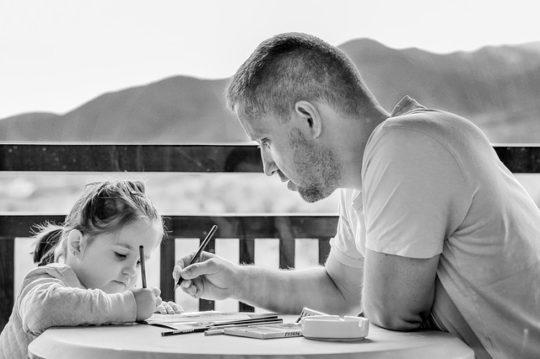
There is no doubt that the world has seen some revolutionary changes with the arrival of smartphones. Today majority of the people have smartphones with them and with a world that is advancing so rapidly, surviving without a smartphone, even for a couple of hours seems like a nightmare to the people of today’s generation. And it has all the right reason for people to panic as leaving them without their smartphones would be more like keeping them in complete isolation for that period of time.
The smartphones fulfill the purpose of so many other devices which is why people don’t have to carry much. It can be used as navigator, it does majority of the functions that an ordinary laptop or a computer could, keeps track of your heath, your work schedules, your financial behaviors and many other uncountable things. Now since smartphones have so much to offer, over time, they have now become an inseparable part of everyone’s life. In a research conducted by a few, it was found that nearly 37.4% of the people consider smartphones to them are as important as it is their other human relationships.
According to many researchers, although phones are considered to be great for technologies, they having contributing quite a lot in our natural distracted state lately. With so many things in just a small compact device, people have become so dependent on this that they can’t do without it even for a single day. And with so many apps present on our phones, they have become the prime reason for our distractions. It is known that the smartphones take the user out of the state flow which is a fundamental aspect of productivity. With constant messages and notifications coming up on our smartphones because of the various apps installed on it, they interrupt our though process continuously. Thus our phones hinder our state of mind. In simple words, they are drifting us away from our present. Now in a generation like this where everything depends on your smartphones, it is simply not possible to completely switch it off and throw it away. But one can always take some smart measures so that they use their smartphones only when it is necessary and do not use it for unnecessary things.
Now there are many reasons which cause distractions through your smartphones. This eventually leads to a decrease in productivity. Now days for office purposes all the important messages come on your e- mails or whatsapp or other similar apps. Now checking these apps occasionally won’t hurt much but only a few people are able to have that kind of control. A majority of people would eventually start checking their smartphones every 5 minutes and this has become quite common now.
The fact that people are unable to stay away from their smartphones even for a couple of minutes is a huge warning sign. Smartphones have not only evolved as a major advancement in technology but also one of the biggest distractions of all time which eventually affects our productivity.







































































